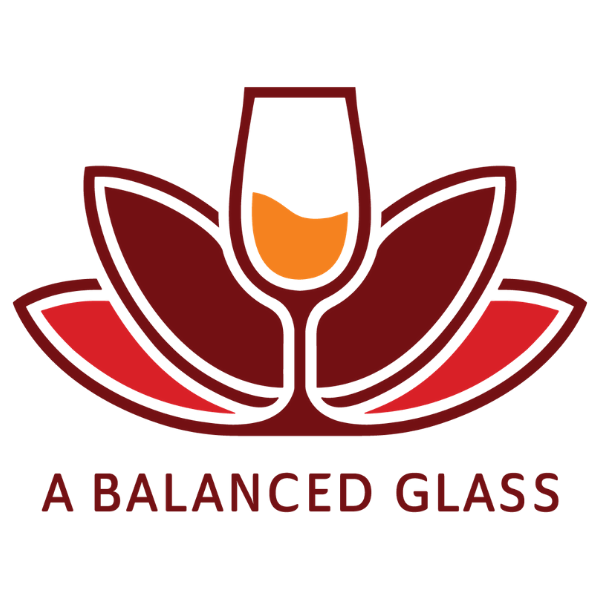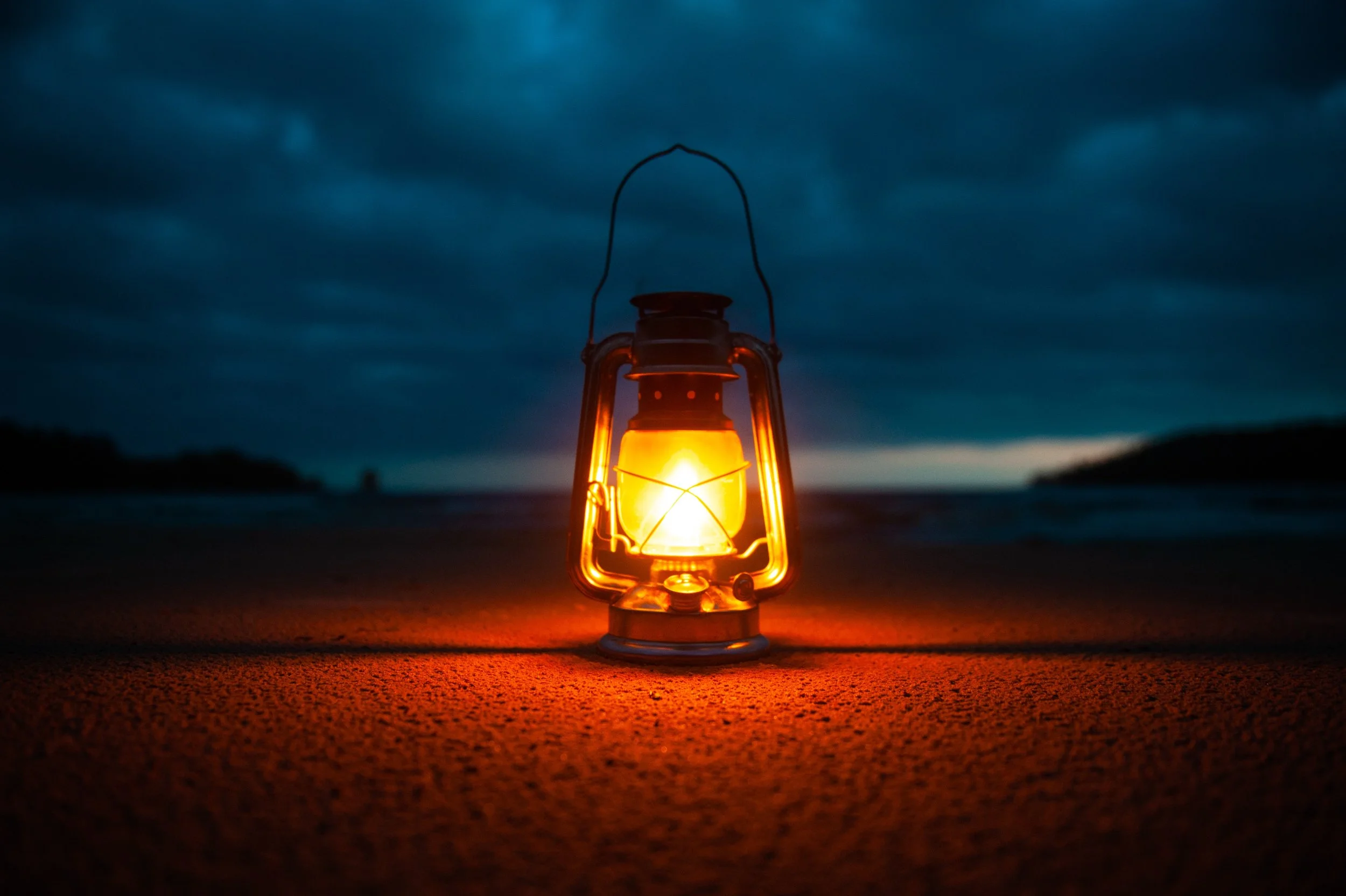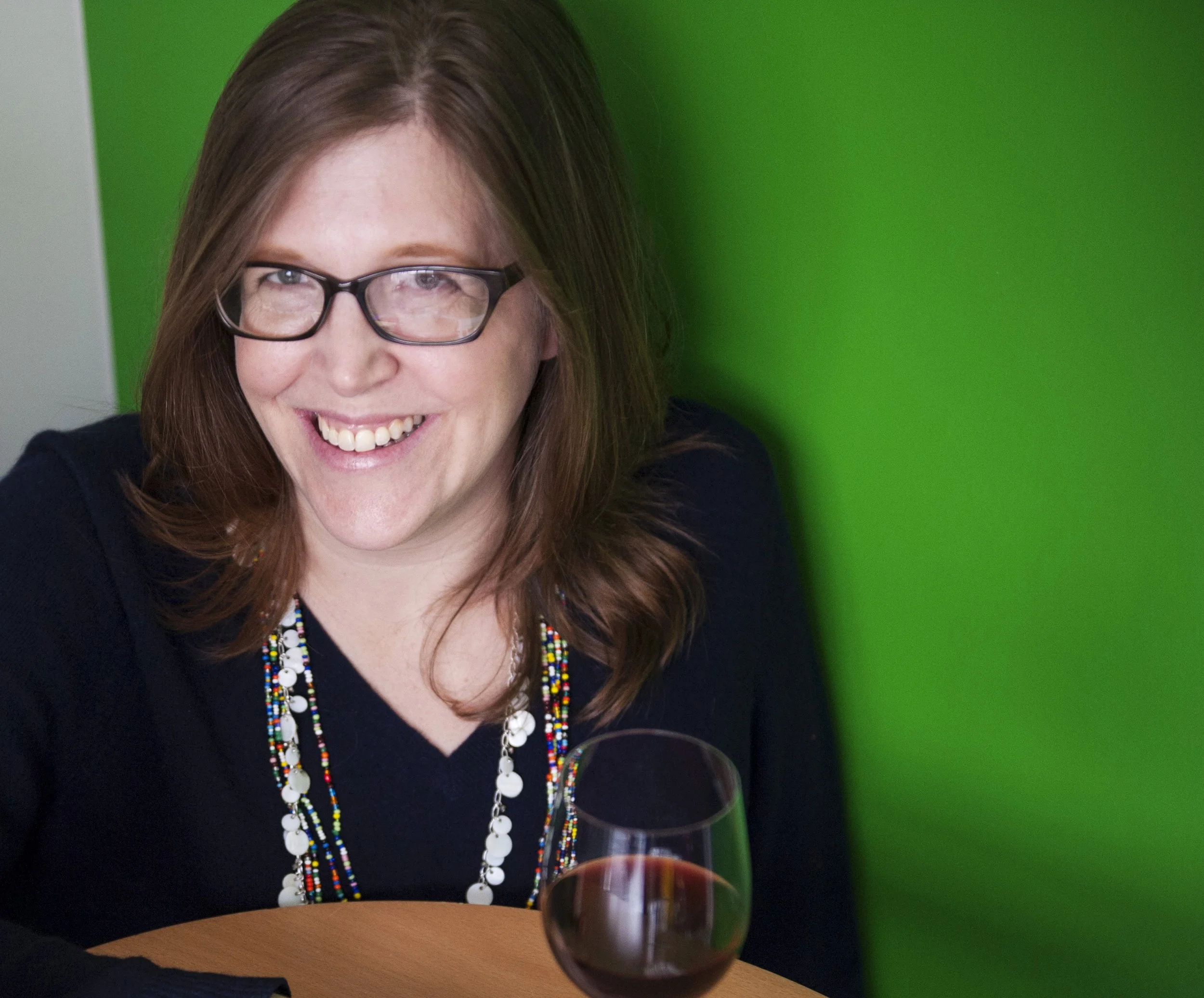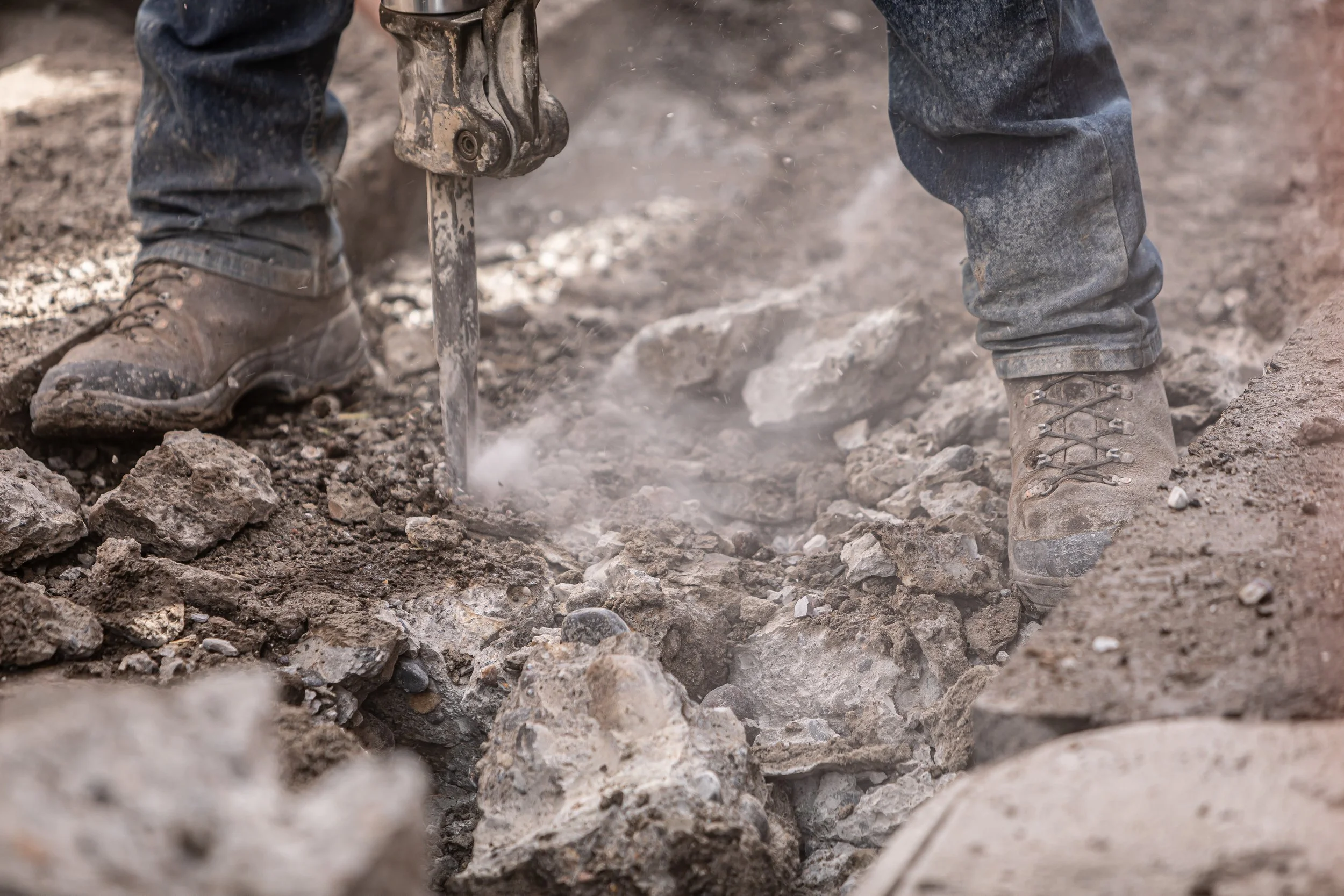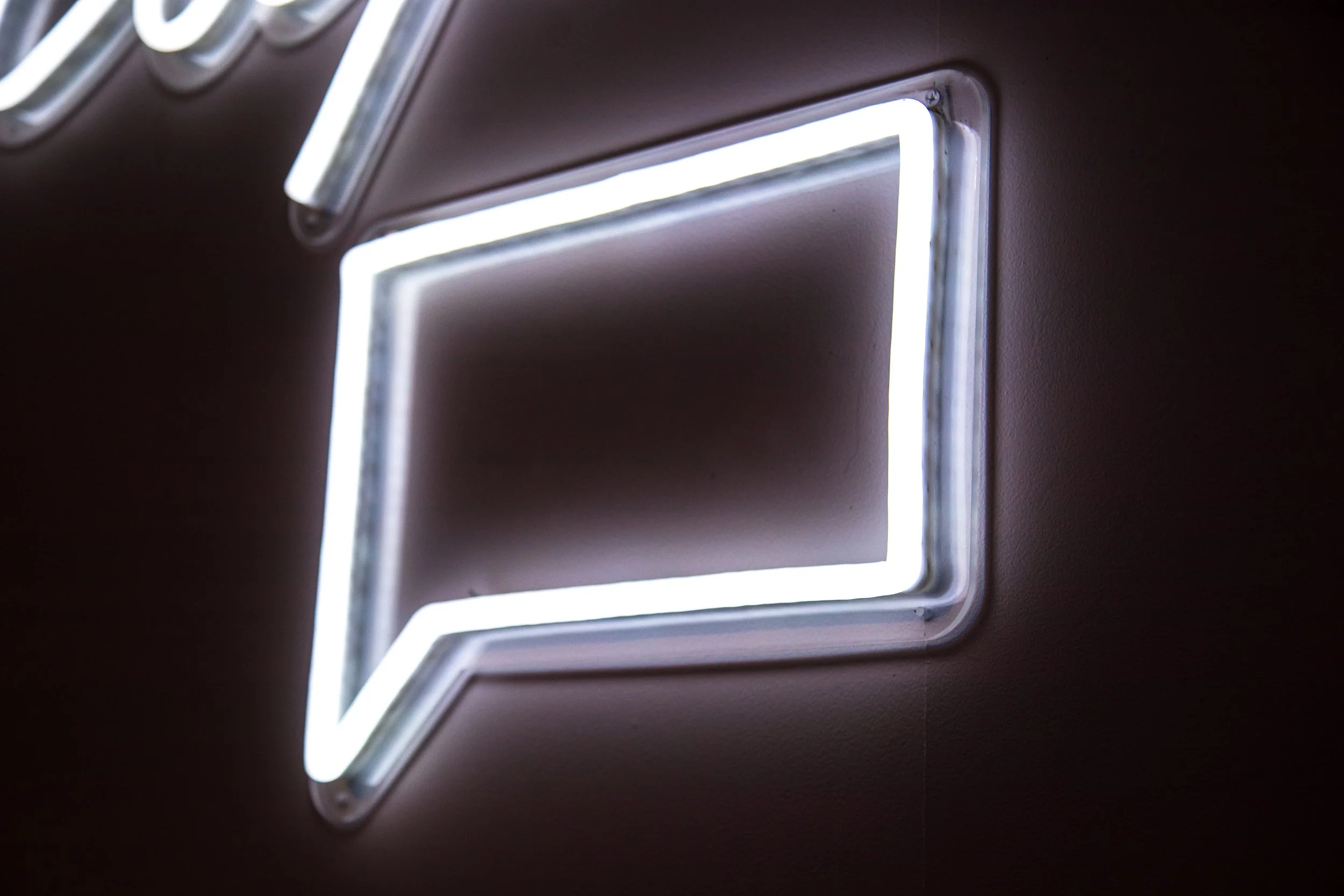Lanterns of Leadership - A New ABG Story Series
According to the latest report from the US-based Global Wellness Institute, "workplace wellness" is predicted to grow from $48.5 billion to $58.4 billion by 2025.
It's an impressive number.
However, over our five years of reading and writing about wellness in the beverage alcohol industry, it has been near impossible to find any data on what employers are actually spending on health and wellness for their employees.
It can feel like we are hunting in the dark, to piece together what the state of our industry is today, and may be in the future. We know there is good work being done, but we can’t seem to quantify it.
So instead, we are launching a new series of stories called, "Lanterns of Leadership". Our objective is to highlight businesses who are supporting and advocating for the health and wellbeing of their employees, and modeling behavior that fosters safe and healthy environments that encourage people to grow and thrive.
We believe that the more we talk about these topics, the more power we give them. Rather than tearing down what isn't working, we are setting our intention to focus on the good that is being done in the beverage alcohol industry.
Our stories will focus on our three favorite themes:
Mindful consumption
The influence of culture on wellbeing
Industry leadership.
While we have select anecdotes of wineries offering alcohol-free tasting alternatives, distilleries creating safe spaces for mental health discussions, and distributors offering sober gathering opportunities, we know that there is so much more.
We are leaning in to this community to help us learn more about the GOOD being done to shape a better industry. We want to hear from you about businesses, employers, or groups that are inspiring in their actions. Tell us who they are, what they are doing, and why it is making a difference to your life, or the lives of those you care about.
Email us at hello@abalancedglass.com and share the story of the business leaders that you admire for making our industry a better place to be.
Let's grow together and continue to expand the awareness and action of healthy habits and positive change in the workplace to spark even bigger ideas and initiatives.
Wellness is not a trend. It is a responsibility that should be at the heart of every good business. And learning from each other helps us to create a safer, more inclusive, responsible, and higher performing industry.
We hope that you will join us to light an even brighter path ahead.
Beck
What We're Reading:
Here's what has piqued our interest this week in the world of wine and mindfulness.
'A Massive Spiritual Shift': How the Mindful Movement of Qigong Can Treat Addiction - The Guardian
The gentle motion, breathing and meditation stop the mind "wandering the negative thoughts," says a recovering addict.
To Get Out of Your Head, Get Out of Your House - The Atlantic
Spending time in nature can help relieve stress and anxiety.
Influence of Mediterranean Diet on Human Gut Microbia - by Paula Silva in Science & Wine
Gut microbiota changes correlate with health status.
Instead of Pulling Out Your Phone, Let Your Mind Wander - Greater Good Science Center
When we're waiting, we often have the urge to distract ourselves. But a new study finds we'd enjoy doing nothing but think.
No One Left to Call - BURUM Collective
Vinka Danitza on the financial, social and environmental struggles faced by those in agricultural positions in the wine industry, and their direct correlation with systematic issues regarding mental health.
Meet the Community!
Here we meet some of the talented folks who make our industry so dynamic.
Christy Frank, Founder of Copake Wine Works, Owner of Hamlet Hound Canned Cocktails and Bending Elbows, Inc (Copake, New York, USA)
Years in the Industry:
25 years in the industry… 30 years if I start counting when I took the Cornell Intro to Wine Class that kicked off my interest. When my friends’ parents came to town and took us out to dinner, I was the one handed the wine list. Selecting a wine (generally an FLX riesling) that everyone loved…I loved that. There was power in that, in being able to make a table full of people happy. A few years later, in Boston, while working full-time at Fidelity Investments, I worked part-time wine at Deluca’s Wine Shop (the one on Charles Street, in the basement, for those that know the area). I wanted to learn about wine but was too cheap to keep paying for dinners and classes, which in the mid-90s were few and far between anyway.
Near the turn of the century (I just really wanted to type that) I headed to NYC and Columbia Business School. I was thinking maybe I would work in fashion or, given that I graduated in 2000, perhaps some sort of e-commerce startup. I wound up at Schieffelin and Somerset, a joint venture between Diageo and Moet Hennessy that would eventually become Moet Hennessy USA. In my seven years there, I worked on the development of a formalized annual planning process, a major distributor realignment project, the Classic Malts of Scotland, Hennessy, the 10 Cane Rum launch and then finally, ran the US business for the Australian/New Zealand wine portfolio (Cloudy Bay, Cape Mentelle and the no-longer around Green Point). I also had two kids during that time. By 2007, corporate history was starting to repeat itself – and during a meeting when a fancy consulting company was presenting the new annual planning process, which was quite similar to what I had helped to develop seven years prior, but with fancier formats, I decided it was time to get back to my wine retail roots.
So in late 2007, I opened Frankly Wines in lower Tribeca, had a third kid in June 2008, opened Copake Wine Works in the Hudson Valley in 2015, and sold Frankly Wines in 2017. Since then, life has been a bit of a blur. Not owning a wine shop allowed me to work in other tiers of the industry. I’ve been a sales rep with DNS Wines, worked part-time for Wine Australia, picked up some retail consulting gigs here and there, and most recently, launched Hamlet Hound, a canned cocktail business, with my husband. I also do a fair bit of copy editing for the Feiring Line, Alice Feiring’s newsletter, and writing about retail minutia for Seven Fifty Daily, Online Wine Reviews and other publications. Recently, I’ve added teaching to the roster which amuses my teacher parents to no end. And it absolutely makes me laugh that this November, I’ll be a guest lecturer for the Cornell Intro to Wine class - 30 years to the date that I first took that class. I couldn’t come more full circle if I had planned it (which I definitely did not.)
My goal for the next however many years is to focus more on teaching, writing and retail and telling stories through those mediums. I’m not 100% sure that that means, but I plan to figure it out.
My Top Three Challenges to Wellness:
1. Skepticism about “wellness” in general. It’s probably because my first awareness of the term was in the context of blogs commodifying it in a way that felt, to use a very non-technical term, icky. It also didn’t help that my first shop had a front row seat to the way self-care/wellness businesses were taking over the streets and retailscape of Tribeca. That sort of “wellness” seemed very tied into mommy blogs and the high stakes, competitive parenting that came with them and I just didn’t have time for it. It wasn’t until the COVID lockdowns and the BLM movement of the summer of 2020 that I started to learn and observe and realize how wellness was linked to joy, and that joy could be an act of defiance. Wellness as finding moments of joyful defiance that help you create your own space in the world? That’s something that makes sense.
2. My complete lack of a consistent schedule. It has taken me years to admit that I really do crave routine, especially the sort of soft-focus morning routine that screams WELLNESS. (Yes, I said I was skeptical, but that doesn’t make me immune!) But the irregular travel between Copake and NYC mean that mornings are always varied in terms of time and place – and it has taken me a couple more years to admit that waking up at 6am in order to create a truly consistent morning routine just isn’t going to happen. So I’m working on carving out moments where I can and figuring out what consistency looks like in the context of my consistently peripatetic life.
3. Not being a goal-setter. I’ve never had a five-year plan, or a one-year plan. I barely have a “today” plan. As I get older, this lack of planning has started to feel a bit like a lack of purpose – and that’s never a good thing. There’s a great piece I read recently in The Atlantic about how to keep a midlife crisis at bay (thank you to Robin Touchet for posting to it on IG) and one part of it involves subtraction – focusing on less. But a big part of that is deciding what to focus on – which requires at least a small amount of goal setting – so it looks like I will need to learn a few new tricks.
How I Keep It Together to Stay Well:
When the kids were young? Full time help and parents that could fly in whenever I traveled for more than a few days. Also, a husband that was home by 6:30pm almost every single night which aligned perfectly with my later-night corporate schedule and after that, the wine shop schedule. He also cooked all the meals (and still does) and had a much lower messiness tolerance than me (and still does), which meant he was naturally in charge of the cleaning.
These days? It’s probably the looming sense of my own mortality. If that sounds depressing, it really isn’t. It’s given me a little more impetus to try to eat better, be more active and drink a whole lot more water. It’s also made it easier to do a bit of that goal setting and subtraction that I mentioned above. Admitting that there are certain things that I will never do (Learn French? Nope. Run a marathon? Absolutely not.) is freeing because it allows me to figure out what the things are that I really want to do and start to take actual steps toward doing them. I’m also trying to approach everyone and everything with curiosity rather than judgment. I’ve always told myself this is what I do… but now I am actually doing it.
Also, deleting Candy Crush from my iPhone has been very helpful.
What Inspires Me:
The rising generation of wine professionals that are making space for themselves in a world that’s been pretty much same old, same old since I entered the business. When I opened that first shop in late 2007, the wine world was exploding in terms of the diversity of regions and grapes and styles that were available. But the core of the industry, the way we learn about wine and who had access to it – to drink it, to sell it, and to make it – that didn’t really change. But I feel like now we’re finally starting to see real, true diversity in terms of who has access to those things. We’re seeing new grapes, new regions, new business models and new ways of accessing funding. We’re having conversations about climate change, the impact of generational wealth on land access, farming and taxes and all the nitty grittiness that underlies the glamor of this industry. It’s a level of transparency that this industry desperately needs. Being involved in those conversations, even just being near them – that’s inspiring.
A Quote I Love:
“Each friend represents a world in us, a world not born until they arrive, and it is only by this meeting that a new world is born.” — Anais Nin
You can connect with Christy on Instagram (personal, wine shop, and the canned cocktails), Facebook, and websites (personal, wine shop, and the canned cocktails).
